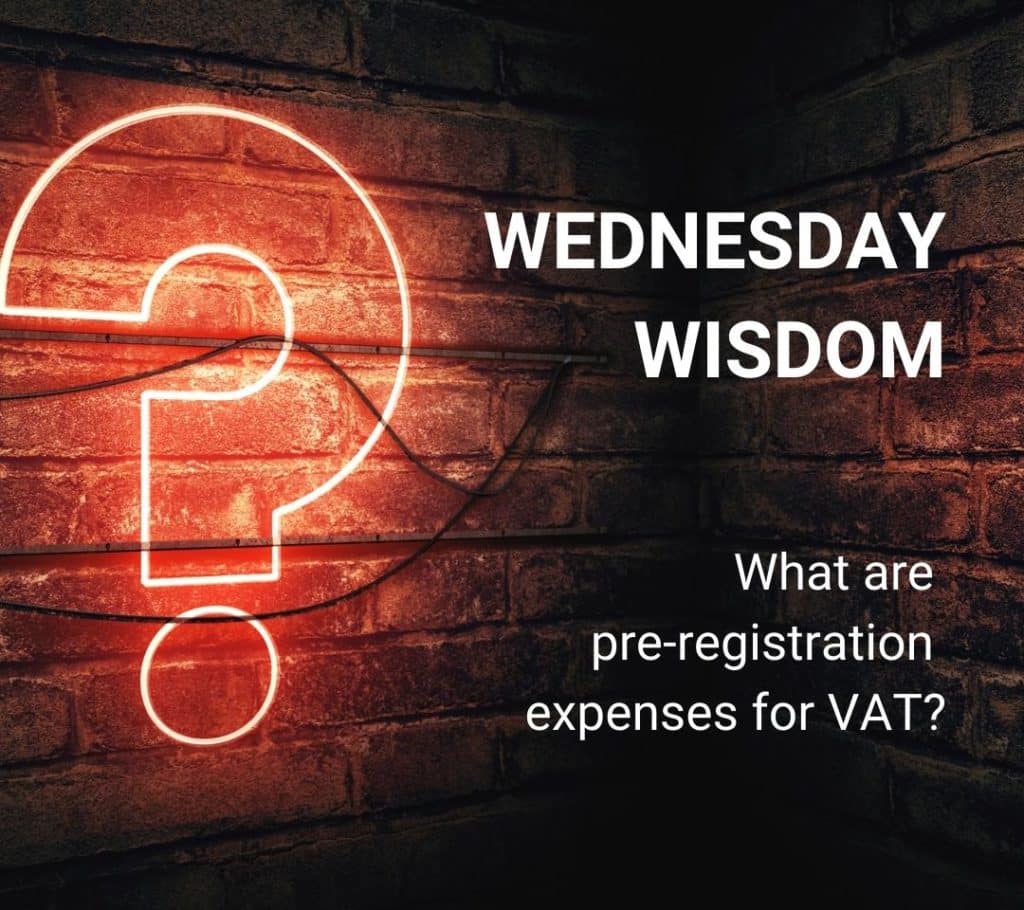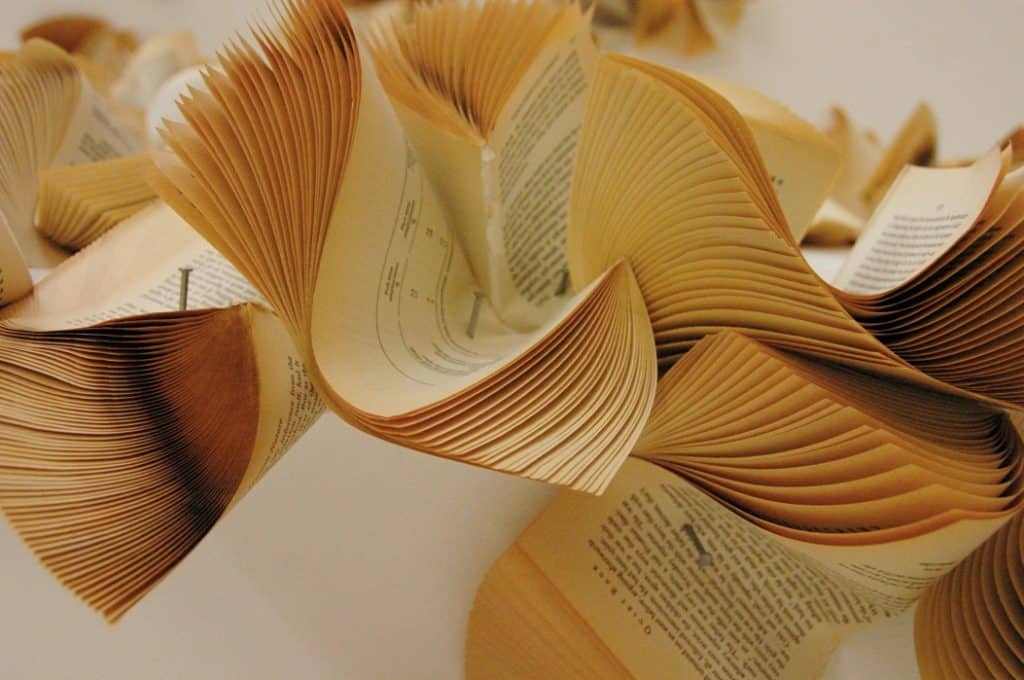“Good artists copy, but great artists steal”
Following the recent court case where Marvin Gaye’s family successfully sued Robin Thicke and Pharrell Williams over the similarities between the classic Gaye hit “Got To Give It Up” and the 2013 chart-topper “Blurred Lines,” the music world has been trying to understand the broader implications of the decision.
“People can’t be inspired by anything,” Williams said in an interview regarding the case. The artist stressed that the idea applies to fashion, music, design, and everything. The implications are far reaching and could potentially affect every creative industry. Williams believes that the entertainment industry will freeze in litigation when artists lose their freedom to get inspired.
Over the course of decades, every genre of music has been inspired by one another, creating new sounds. There is a well-documented “family tree” that can track music progression, each one giving birth to and influencing the next generation. In this case, “Blurred Lines” merely shared the same groove with Gaye’s “Got To Give It Up”. The contention being you cannot copyright a rhythm, groove, or a chord progression. In this case however, the complaint was upheld.
Muddied Borders
In a similar case Sam Smith settled out of court and awarded writing credit to Tom Petty and Jeff Lynne for the similarities between Smith’s “Stay with me” and Petty’s “Won’t back down”. A source close to the case said: “It wasn’t a deliberate thing, musicians are just inspired by other artists and Sam and his team were quick to hold up their hands when it was officially flagged.” This suggests there is something almost criminal about taking inspiration. Both Thicke and Williams openly admitted that “Got to Give It Up” was an inspiration for the creation of “Blurred Lines”, but should inspiration carry a price tag? When does inspiration become plagiarism? Is it a blurred line?
Inspiration vs Plagiarism
Whereas plagiarism is an ethical concern, abounds with issues relating to intellectual property theft, Copyright infringement however, is illegal. Illustrator and creative director Kate Moross had seen her work ripped off so many times she came up with an innovative way to copyright her designs. She embeds her signature into her work, “so if it is reprinted” she says, “I can laugh at the lazy thief”. Moross’ message is, “be headstrong and ballsy” in your confrontations, but also do it with love.
(www.digitalartsonline.co.uk/features/illustration/how-protect-yourself-against-design-plagiarism)
There are ways to safeguard your work not matter what the medium, as prompted last month, it is important to speak to your accountant about patent, copyright and trade mark.
Too many rules and boundaries can be a bad thing and stifle creativity if we are always looking over our shoulder. As Pharrell Williams points out, all artists need to inspire each other. Even Picasso famously said “Good artists copy, but great artists steal.”
This blog post was written by Louisa Penny on behalf of Ward Williams Creatives


